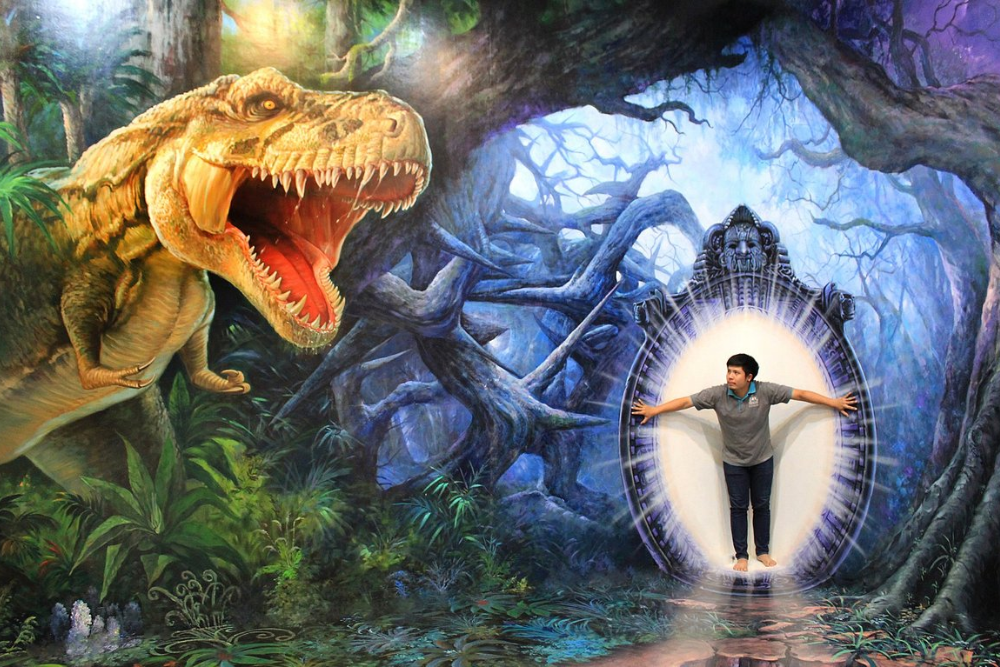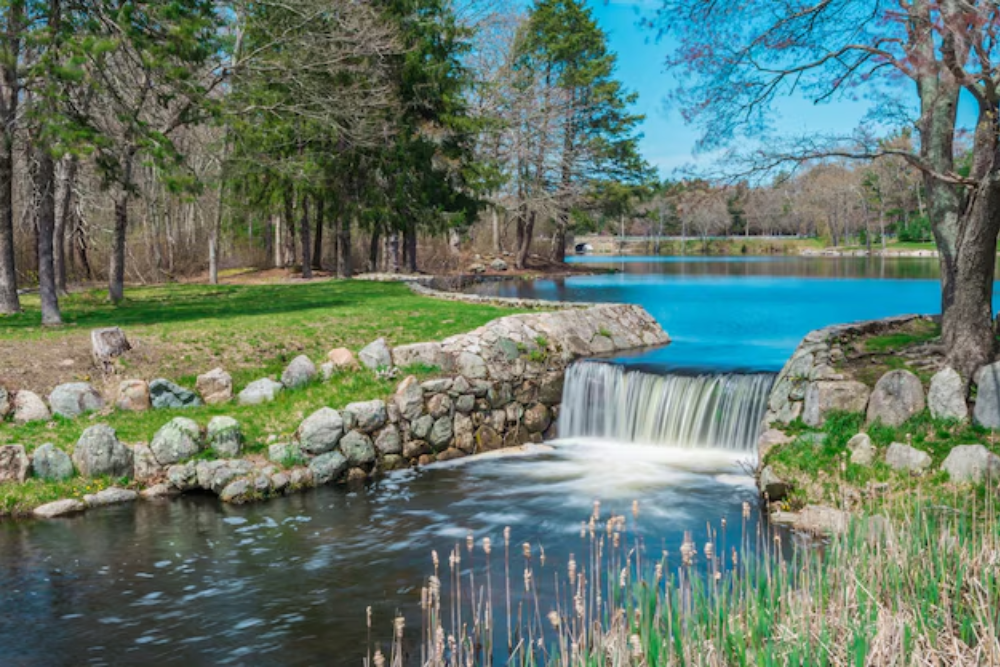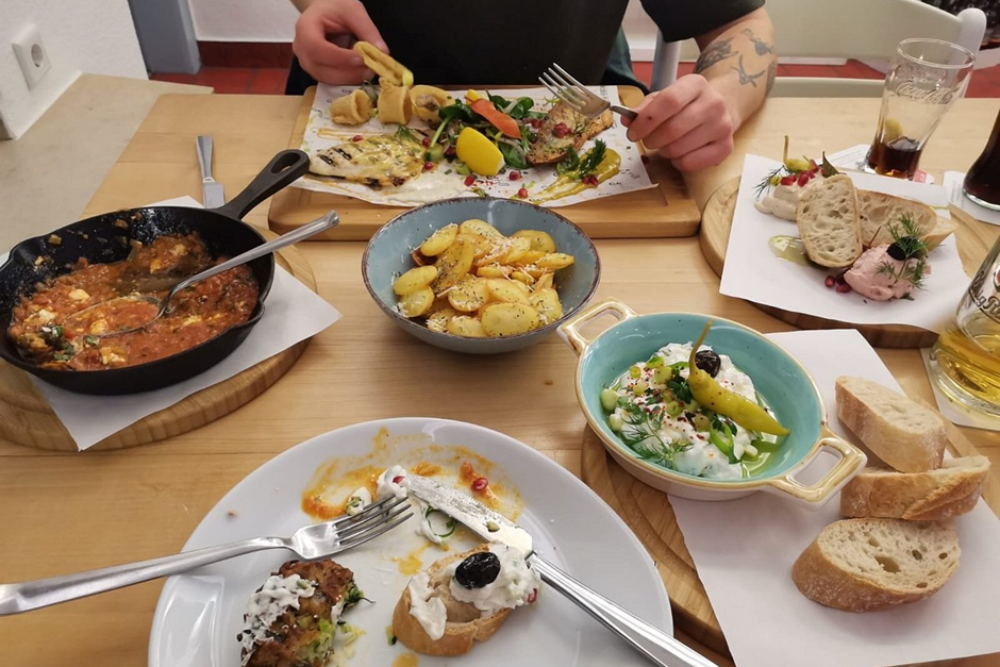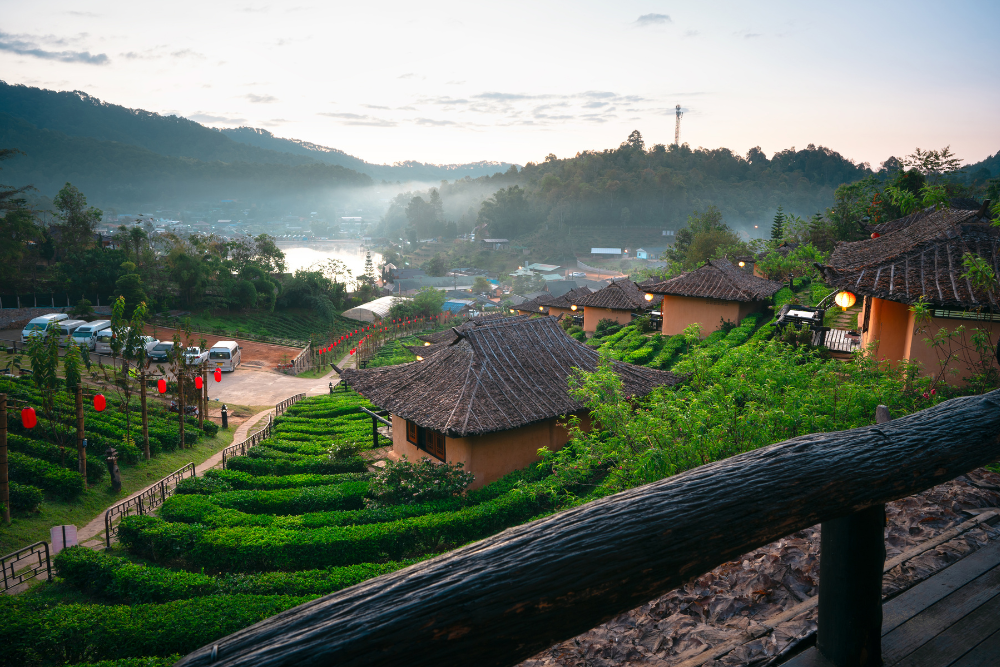Nestled on the island of Borneo, Sarawak stands out as a cultural gem in Malaysia. This enchanting region boasts a rich tapestry of traditions, vibrant festivals, and diverse ethnic groups that create a unique cultural landscape. Whether you are an adventurous traveler or a culture enthusiast, Sarawak offers an unforgettable experience steeped in heritage.
Diversity ofEthnicities

Sarawak is home to over 27 different ethnic groups, each with its own distinct language, customs, and traditions. The largest groups include the Iban, Bidayuh, Melanau, and Orang Ulu. Their colorful cultures come alive during traditional festivals such as Gawai Dayak and Hari Raya. Witnessing these celebrations provides insight into the local way of life and showcases the community’s unity.
The Iban people are renowned for their longhouses—traditional communal dwellings that symbolize their strong ties to family and community. Visitors can experience authentic Iban hospitality by staying in these longhouses and enjoying traditional meals prepared by the locals. This immersive experience allows travelers to forge connections with the community while learning about their rituals and customs.
Traditional Crafts and blend of modern art

Sarawak’s rich cultural heritage is reflected in its traditional crafts. Handwoven textiles, intricate beadwork, and beautifully carved wooden sculptures are just a few examples of the artistry that thrives here. The state is particularly famous for its “pua kumbu,” a traditional Iban textile often used during ceremonies.
Visitors can participate in workshops to learn these crafts firsthand. Engaging with local artisans not only supports their livelihoods but also deepens your appreciation for their skills and traditions. Imagine creating your own piece of art while surrounded by the lush landscapes of Sarawak—an experience that will stay with you forever.
Captivating Festivals

Festivals in Sarawak offer vibrant displays of culture and tradition. The Gawai Dayak festival marks the end of the rice harvest and is celebrated with joyous feasting, music, and dance. Local communities come together to honor their ancestors and express gratitude for a bountiful harvest through colorful parades and lively performances.
Similarly, the Rainforest World Music Festival held annually in Kuching attracts artists from around the globe. This festival celebrates world music while showcasing traditional performances from Sarawak’s ethnic groups. Attending this event provides a unique opportunity to witness a fusion of global sounds amid the breathtaking backdrop of Borneo’s rainforest.
Natural Wonders

Sarawak is not only rich in culture but also blessed with stunning natural landscapes. From lush rainforests to crystal-clear rivers, outdoor adventures await around every corner. Bako National Park is one such destination where you can explore diverse ecosystems teeming with wildlife like proboscis monkeys and hornbills.
For those seeking adventure, a river cruise along the Sarawak River offers breathtaking views of Kuching’s skyline against a backdrop of lush greenery. Kayaking through mangroves or trekking through dense jungles allows you to immerse yourself in nature while experiencing the region’s beauty firsthand.
Culinary Delights

No visit to Sarawak would be complete without indulging in its culinary delights. The local cuisine reflects its diverse cultural influences, featuring dishes like “Laksa,” a spicy noodle soup, or “Nasi Aruk,” rice served with various sides. Street food stalls offer mouthwatering snacks like “Kolo Mee” (dry noodles) and “Sarawak Layer Cake,” which are must-tries for any food lover.
Local markets are filled with fresh produce and traditional ingredients that highlight Sarawak’s unique flavors. Exploring these markets not only tantalizes your taste buds but also immerses you deeper into the daily life of Sarawakians.
Conclusion
Sarawak’s cultural village embodies rich traditions that resonate through its people, festivals, crafts, and cuisine. By visiting this enchanting region, you embark on an adventure that goes beyond mere sightseeing; you engage with communities steeped in history while exploring breathtaking landscapes.












